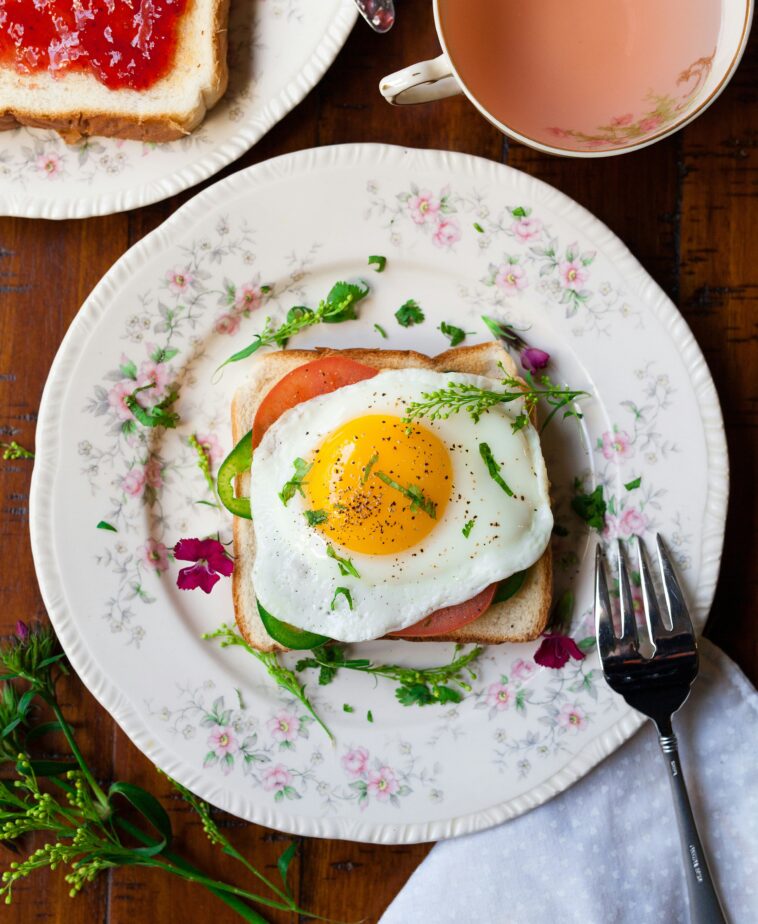Introduction:
In the sun-drenched landscapes of Spain, where the aroma of spices mingles with the salty breeze of the Mediterranean, lies a culinary treasure that embodies the soul of Spanish cuisine – paella. Join us on a gastronomic journey as we traverse the rich tapestry of Spain’s culinary heritage, exploring the origins, ingredients, and cultural significance of this iconic dish that has captured the hearts and palates of food enthusiasts worldwide.
Origins and Historical Roots:
The story of paella unfolds amidst the fertile lands of Valencia, where rice cultivation flourished under Moorish influence during the Middle Ages. Born out of necessity, paella was a humble peasant dish crafted from ingredients abundant in the region – rice, vegetables, and meats or seafood sourced from the land and sea. As trade routes expanded and cultural exchanges flourished, paella evolved, absorbing diverse influences from Arab, Roman, and Moorish traditions, to become the beloved culinary masterpiece we know today.
Ingredients and Flavorful Palette:
At the heart of every paella lies a vibrant symphony of flavors and textures that evoke the essence of Spain’s diverse landscapes. Saffron, the prized spice that imparts paella its signature golden hue, infuses the dish with a delicate aroma and nuanced flavor. Alongside saffron-infused rice, a colorful array of vegetables such as tomatoes, bell peppers, and peas adds freshness and depth, while proteins ranging from succulent chicken and rabbit to an assortment of fresh seafood contribute richness and complexity.
Cooking Techniques and Traditions:
Preparing paella is a culinary art that requires patience, skill, and a deep understanding of tradition. The cooking process begins with a sofrito – a fragrant base of onions, garlic, and tomatoes – which forms the foundation of flavor for the dish. The rice is then added and allowed to absorb the aromatic essence of the sofrito before being gently simmered in a savory broth infused with saffron and spices.
Central to the paella experience is the creation of the socarrat – a caramelized crust that forms on the bottom of the pan, adding a depth of flavor and textural contrast to the dish. Spaniards consider the socarrat a hallmark of a well-prepared paella, a testament to the chef’s skill and expertise.
Cultural Significance and Global Appeal:
Beyond its culinary merits, paella holds a special place in the hearts of the Spanish people, symbolizing community, celebration, and shared heritage. Whether enjoyed at a lively fiesta, a family gathering, or a casual meal with friends, paella brings people together, fostering connections and creating lasting memories.
In recent years, paella has transcended its Spanish origins to become a global phenomenon, adored by food enthusiasts worldwide. From bustling markets in Barcelona to fine-dining restaurants in Sydney, the allure of paella knows no bounds, inspiring chefs and home cooks alike to recreate the magic of this timeless dish in their own kitchens.
Conclusion:
In a world of ever-changing culinary trends, paella stands as a timeless testament to the enduring power of tradition, flavor, and togetherness. With its rich history, vibrant flavors, and cultural significance, paella encapsulates the essence of Spanish gastronomy – a celebration of life, love, and the joy of sharing a meal with loved ones. So, whether you find yourself on the shores of Valencia or in the heart of a bustling city, take a moment to savor the magic of paella and embark on a flavorful journey through Spain’s culinary heritage.

